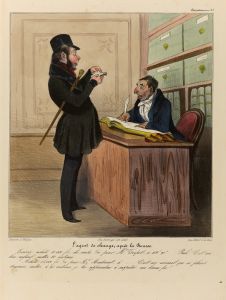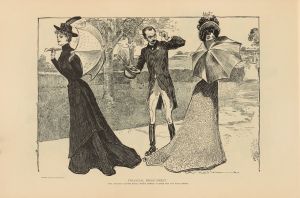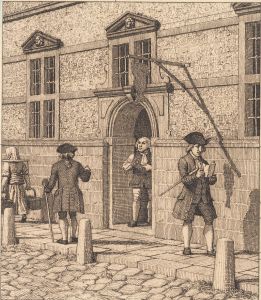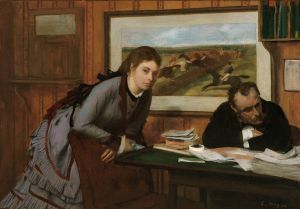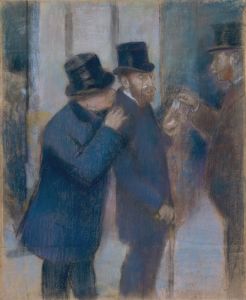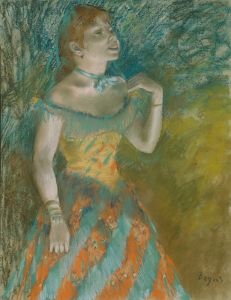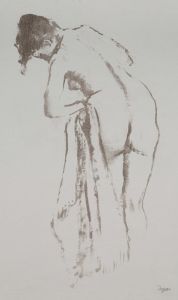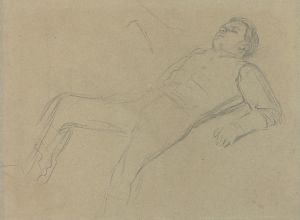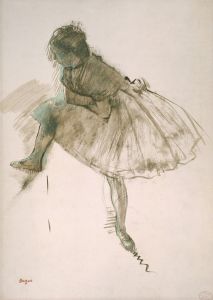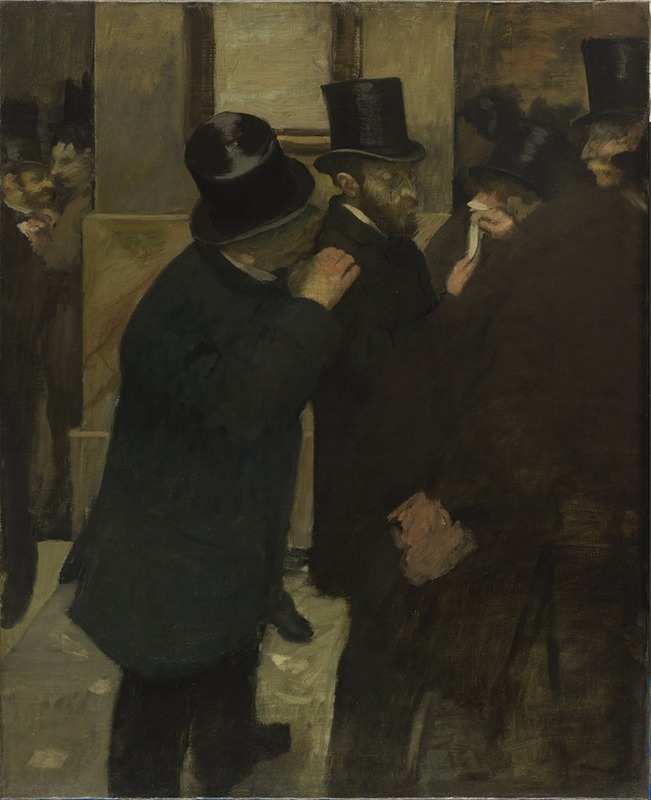
Portraits At The Stock Exchange
A hand-painted replica of Edgar Degas’s masterpiece Portraits At The Stock Exchange, meticulously crafted by professional artists to capture the true essence of the original. Each piece is created with museum-quality canvas and rare mineral pigments, carefully painted by experienced artists with delicate brushstrokes and rich, layered colors to perfectly recreate the texture of the original artwork. Unlike machine-printed reproductions, this hand-painted version brings the painting to life, infused with the artist’s emotions and skill in every stroke. Whether for personal collection or home decoration, it instantly elevates the artistic atmosphere of any space.
Edgar Degas, a prominent French artist associated with the Impressionist movement, is renowned for his innovative approach to capturing modern life through painting, sculpture, and drawing. One of his lesser-known works, Portraits at the Stock Exchange (Portraits à la Bourse), exemplifies his interest in depicting contemporary urban scenes and the professional lives of individuals in late 19th-century Paris.
Created in 1878-1879, Portraits at the Stock Exchange is an oil painting that portrays a group of men engaged in conversation and business dealings at the Paris Stock Exchange, also known as the Bourse. The painting reflects Degas's fascination with human behavior and interaction, as well as his keen observational skills. Rather than idealizing his subjects, Degas presents them with a sense of realism, capturing their gestures, postures, and expressions in a candid and unembellished manner.
The central figure in the composition is Ernest May, a banker and a friend of Degas. May is depicted in profile, wearing a top hat and holding a cane, as he converses with another man. Surrounding them are other figures, some engaged in discussion and others seemingly lost in thought. The painting's composition is dynamic, with a sense of movement and activity that reflects the bustling atmosphere of the stock exchange. Degas employs a muted color palette dominated by shades of black, gray, and brown, which adds to the somber and businesslike tone of the scene.
Portraits at the Stock Exchange is notable for its departure from the more traditional Impressionist focus on landscapes and leisure scenes. Instead, Degas turns his attention to the professional world, offering a glimpse into the lives of the bourgeoisie and the financial elite of his time. The painting also demonstrates Degas's mastery of composition and his ability to convey depth and space through the arrangement of figures and the use of light and shadow.
Today, Portraits at the Stock Exchange is housed in the Musée d'Orsay in Paris, where it is part of the museum's extensive collection of 19th-century art. The work is celebrated for its unique subject matter and its insight into the social and economic dynamics of late 19th-century France. It remains an important example of Degas's ability to merge artistic innovation with a deep understanding of the human condition.





